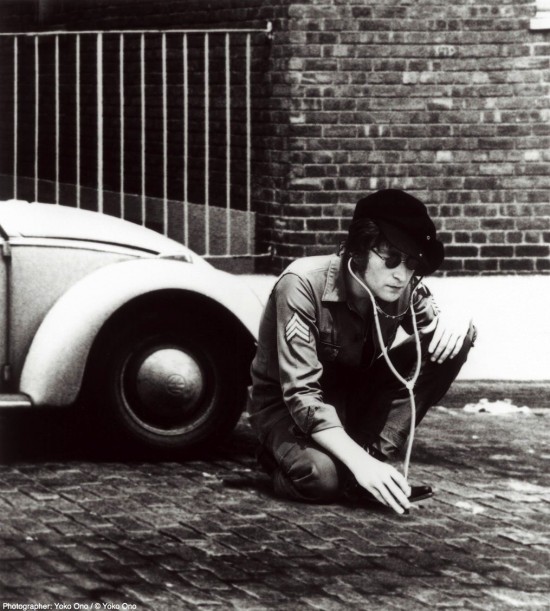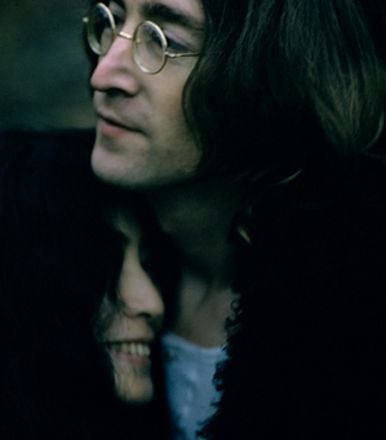Missing John Lennon
Dec 8th, 2012

One of the most astonishing powers of art is that it connects people across time. And when I say ‘people’ I am talking about two people, one to another. The relationship between the receiver of a work and the issuer, if truly and deeply received, is an unbelievably intimate one. This is because that identification is one of the strongest bonds that can be made in human experience: that of a shared, deeply held value, or feeling.
This must be why the ‘truer’ or more ‘honest’ a work feels to us, the more we as receivers tend to connect to it. It’s like connecting to a love, or an extremely close friend. (In fact, isn’t a main criteria, or actually the main criteria on which we base our beliefs about our closest friendships based on the very same thing? Namely, the feeling or belief – or belief as a result of feeling – that this other person feels so closely about something to the way we do that as a result we ‘understand’ each other?)
And the relationship is so intimate because the subject matters that are generally dealt with in works of art, and our feelings related to them, are often the most personal that we as individuals, as a species, experience.
So the association can be intense, in direct proportion to the degree of identification one feels with the subject matter and piece of work (which becomes in our minds and ‘hearts’ linked emotionally to the creator of the work, some human being outside of ourself that so definitely and successfully manifested our own, deep experience into external form such that it literally becomes a medium through which they and we become connected).
While it could be argued that the glaring difference between a relationship in which two people know each other and one in which only one knows the other is precisely that the latter is only ‘one-way’ and therefore not an actual relationship at all, I would offer that when an artist is making a work (‘bringing out’ a work is more like it) that he or she is in every sense of the word communicating, and doing so in one of the most honest, heartfelt, and intimate ways possible.
None of what I’m putting down here is a new or original idea on the subject I’m sure, but I’m making my way through this as a way of coming to terms with the incredibly powerful connection I have to the work of John Ono Lennon, which, being the ‘big feeling’ kind of person I am, has made me feel a strange kind of closeness to the man himself, even though of course I’ve never met him.
It’s this last part that brings a certain kind of scary and sobering thought to the forefront of my mind; that perhaps it’s this type of odd, maybe ‘unnatural’ sort of identification (run completely out of control and obviously compounded by a whole host of other, deeply unhealthy impulses) that would cause a person to be so intensely mis-guided and delusional that they could be driven to commit the most horrifying action possible; to violently rob another of their life.
I apologize for getting so dark, but on this day, when we as a race were robbed of such a bright and beautiful human force of hope and goodness and creative power, I can’t help but be struck by the ultimate tragedy of a man who gave the rest of us so much – and did it so brilliantly that he touched such a deep and raw nerve of our humanity that he was forced to pay for it with his life.
This can never and will never sit right with us. And it shouldn’t.
John Lennon, while you will always and forever be deeply missed, you left us behind such stunning and intimate pieces of yourself, which have become pieces of us, and which have helped us so greatly as a race and as individuals precisely because they have always so honestly reflected pieces of us. For that we will always be grateful.



